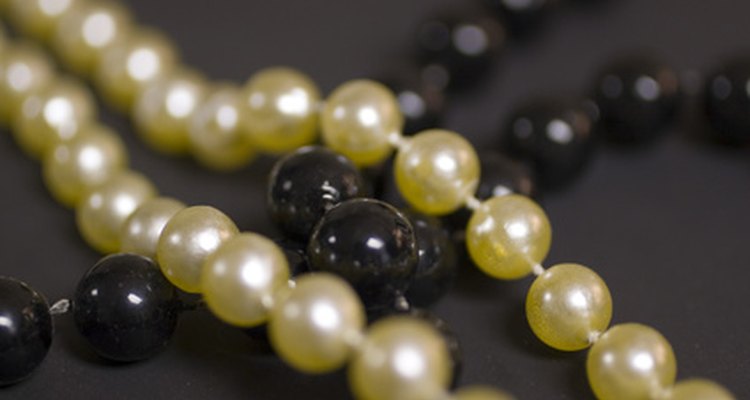
There are both naturally occurring and cultured saltwater and freshwater pearls. Cultured pearls result when an irritant—such as a small piece of shell—is inserted into an oyster, where it is coated with a secretion called nacre. Pearls from different markets have different characteristics. Collect South Sea pearls for size and color; they tend to be large and very white. Buy pearls from Japan for their deep, creamy luster. China has cornered the market on freshwater pearls.
Japan
The Mikimoto family of Japan is one of the largest purveyors of natural and cultured pearls. In 1893, the company invented pearl culturing and pioneered the practice of bead-nucleation by inserting a small sphere of shell into the oyster. By 2010, the country had an 80 percent monopoly on the world’s pearl industry. Japan is also known for natural Akoya pearls, which often have a pinkish or silver hue.
Australia
Western Australia’s pearl industry infuses the country's economy with over $200 million annually, as of 2010. The Australian companies collect “wild” oysters, and relocate them to farms where pearls are cultured inside them. Australia’s cultured pearl market is second only to Japan’s, and growing.
China
Cultured in sweet-water mollusks, freshwater pearls are irregularly shaped because they are not bead-nucleated but formed between layers of tissue. The freshwater pearl industry began in Shanghai and now has a major presence in most Chinese provinces. China markets over 1,500 tons of freshwater pearls annually through Hong Kong.
Indonesia, Myanmar and the Philippines
Although Japan has cornered the market on pearl production, Indonesia, Myanmar and the Philippines are expected to continue to contribute significantly to the natural and cultured pearl industry. These countries are known for Akoya and silver pearl production.
Tahiti
The Tahitian pearl market sells pearls from French Polynesia, Micronesia, and the Seychelles; Tahiti does not produce pearls itself. Tahiti is famous for purveying black pearls that originate primarily in French Polynesian waters, with some coming from Vietnam and Australia.
Bahrain
The Persian Gulf has areas where salinity is low because of freshwater infusion; these waters were once famous for producing high-luster natural pearls. In the 1930s, however, the offshore oil industry contaminated these already over-dived oyster beds, virtually eliminating them. The Bahrain pearl market sells pearls from all over the world and bans cultured pearls in an attempt to be true to its natural pearl heritage.
India
India may have the largest and last natural pearl inventory of any market worldwide; most of its stockpile consists of pearls from the now-defunct Persian Gulf source. Cities like Hyderabad have world-famous pearl markets purveying products acquired from global industry sources.
Mexico
The Gulf of California off Mexico was once rife with natural oyster beds that produced the highly prized Cortez pearl. They were over-fished by the beginning of the 20th century, and the government banned oyster collection in the 1940s in an effort to restore the oyster beds and re-enter the market. By the beginning of the 21st century, the country had a growing industry of cultured pearls that are sliced in half for flush-mounted jewelry production.
Related Articles

The History of Biwa Pearls

History of Pink Pearls
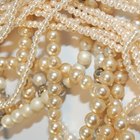
What Countries Harvest Pearls?
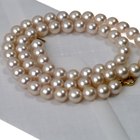
What Is the Range of the Cost of Pearls?
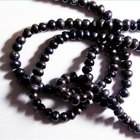
How Rare Is a Black Pearl?
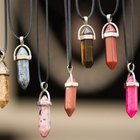
Types of Coral Jewelry

What Is Ceylon Sapphire?

The Value of Mikimoto Pearls
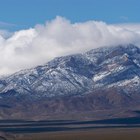
What Is White Buffalo Turquoise?
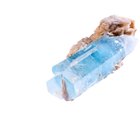
List of the Types of Semi-Precious ...

Semi-Precious Stones Found in Kansas
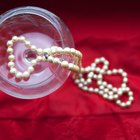
What Is the Meaning of Pearls?

How to Determine the Value of Pearls
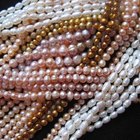
How to Find Pearls

How Do Oysters Protect Themselves?
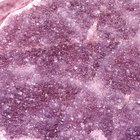
What Is a Pink Amethyst?
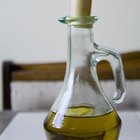
Organic Vs. Conventional Olive Oil
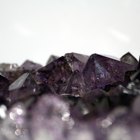
Types of Valuable Crystals

Colors of Mink Coats

Types of Edible Clams
References
Writer Bio
A native southwesterner, Pat Linn owned an advertising agency for more than 20 years, parlayed technical writing/editing into editorships with "American Sailor," "Rags Nor'Easter," and other trade/consumer magazines, is a seasoned copywriter, and has written hundreds of business plans, feasibility studies, press releases, cross-media advertising campaigns, and presentations.
Photo Credits
pearls image by cherie from Fotolia.com